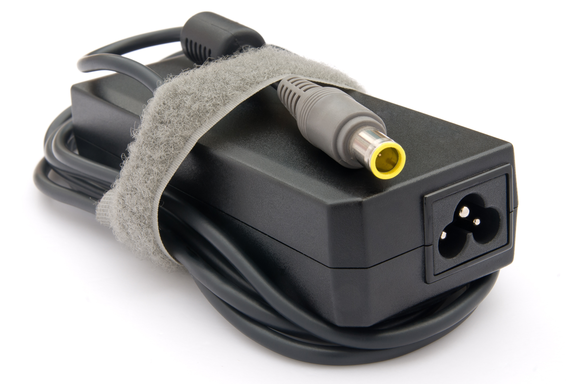Recently I spent a full week in a hotel, where I grudgingly paid for Wi-Fi so I could get some work done. Unfortunately, it was a per-device purchase: Only my laptop could get online. If I wanted Internet access on my phone (which had a weak indoor signal) and tablet (Wi-Fi only), I'd have to pay again. And again.
Hey, wait a minute, doesn't Windows let you set up a Wi-Fi hotspot to share its connection with other devices? It did, in Windows 7; it doesn't in Windows 8. Actually, the capability is still there, but enabling it requires some serious command-line tinkering.
Fortunately, I found
Virtual Router Plus, a free utility that adds Wi-Fi hotspot capabilities to Windows 8. It works, but with a few important caveats.
First, be really careful during setup. The price of "free" here is that the installer comes packed with junkware. It's easy enough to bypass if you pay attention, but potentially troublesome if you don't.
On the first screen, choose Custom Installation, then uncheck the box below it. When you click Next, a pop-up will appear; click Cancel. Click Next again, then clear yet another checkbox. Now you're good to go with a clean install. Oy.
When you run the program, it'll pop open a help page in your browser, which you may need to verify whether you have the required device drivers. But skip that for now; instead, try using the utility.
To do so, give your network a name (i.e. SSID), then enter a password (to keep freeloaders out). Finally, choose the connection you want to share (which is probably whatever appears as the default). Now click Start Virtual Router Plus.
After a few moments, you should be able to detect your new network from your phone, tablet, or even another PC. But don't worry: your laptop will retain its own Internet connectivity at the same time.
As I noted before, the utility worked as advertised, but it did create one problem: I could no longer connect to the various virtual private networks (VPNs) I use. Your mileage may vary, and if you don't work with VPNs, you're golden. As for me, I unfortunately had no choice but to uninstall the utility to regain access.
